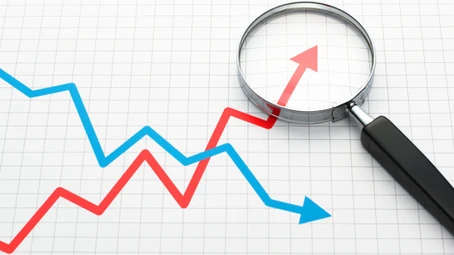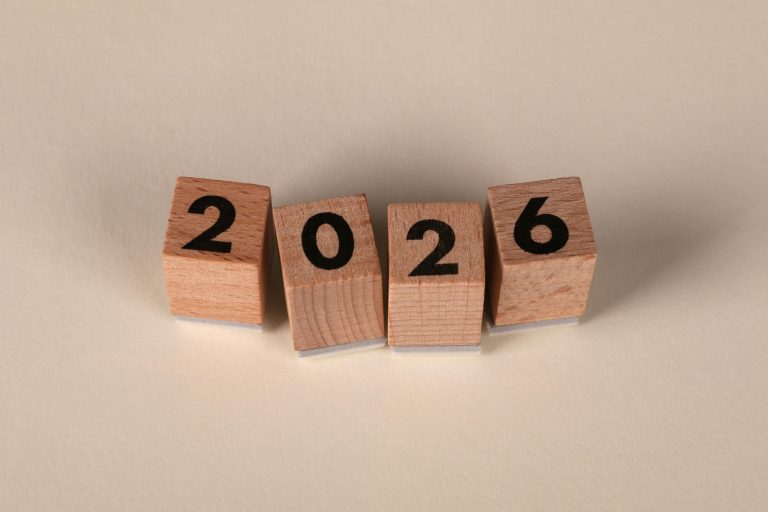Running a restaurant can be a challenging task with lots more to account for than what meets the eye. Everything from staff scheduling and financial analysis to inventory management and mitigating costs are vital components of a successful restaurant.
This is why restaurant forecasting is so important. It helps restaurant owners make informed decisions regarding purchasing, staffing, and profitability as well as helps them prepare for upcoming events or trends. Forecasting restaurant sales leads to increased revenue and can significantly lower operating costs, all contributing to the restaurant’s overall profitability.
So, what exactly is restaurant forecasting? It is the process of using data to predict how much the business can expect in sales in a given period to make sound decisions about various operational situations. Restaurant forecasting impacts a few primary functions: inventory management, informed planning, profitability prediction, and setting goals.
Having an accurate amount of inventory at a restaurant can be challenging, as it is very easy to overestimate or underestimate the amount of food and materials needed. Forecasting will help the business optimize the amount of inventory needed and give insights into the most popular or least popular items on the menu. This reduces the chance of running out of an ingredient while simultaneously reducing waste.
Restaurant forecasting also allows restaurant owners to plan accordingly for peak and non-peak seasons. It also helps business owners make more informed decisions regarding marketing, advertising, staffing, and hiring based on data. For example, if there is an increase in sales during a certain time, the business owner could better prepare for the next spike in sales by hiring extra staff. During the slower periods, the business owner could allocate more funds to marketing and advertising.
Perhaps the most important aspect of restaurant operations is profitability. Bringing in enough income is a surefire way to ensure the restaurant runs smoothly and has the potential to grow. If the owner forecasts restaurant sales regularly, they can estimate an approximate amount of profit during a given period of time and make decisions about menu pricing accordingly.
To properly forecast restaurant sales means to properly prepare for the future. Business owners can set goals according to the data collected, painting a clear picture of what is to come. If restaurant owners better understand their business’s performance, they can implement strategies that ultimately lead to success.
For existing restaurants, the best way to forecast restaurant sales is by analyzing historical data, identifying trends, assessing recent trends, and accounting for external factors. To forecast sales for a new restaurant, select a time period (day, week, month, or year), determine the working hours and days within the period, calculate the average number of customers served during that period and the average spend of each customer, then calculate the sales forecast:
Number of days open x Average number of customers served in chosen time period x Average spend/customer








